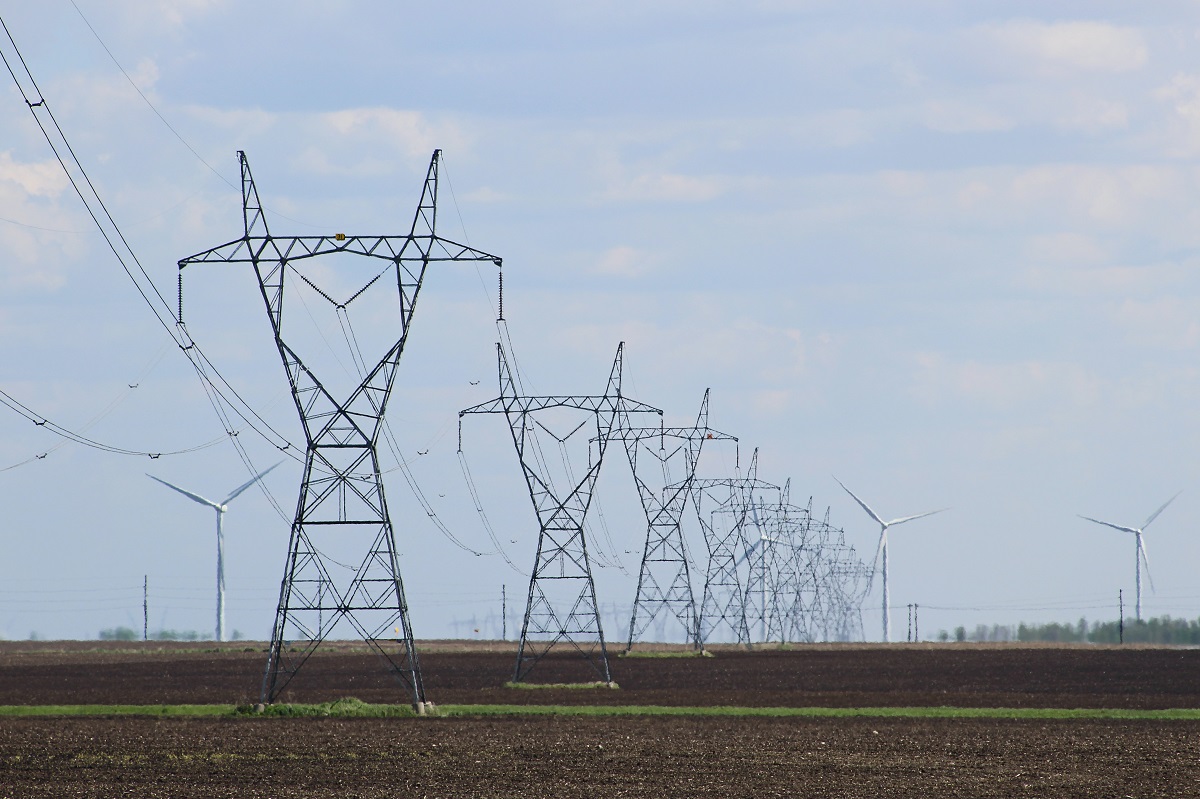According to research issued by the renewables trade association ACORE, replacing 5,000 miles of transmission lines in the United States each year with “advanced conductors” would allow for 27GW additional renewable energy each year, PV Magazine reports.
This forecast is based on advanced conductors’ higher capacity, which “can have a maximum current-carrying capacity of up to two times that of ordinary conductors,” according to a Department of Energy paper outlining five types of advanced overhead conductors.
According to ACORE’s analysis, the enhanced renewable energy capacity is due in part to a rise in the quantity of aluminum in the wire, with one type of advanced conductor having around 28 percent more aluminum in the same diameter of wire as traditional conductors. Aluminum is utilized in transmission because it is a good electrical conductor that is significantly lighter than copper.
A high-strength core with little thermal expansion is also a feature of advanced conductors. According to a Department of Energy website, if a parallel line collapses, a line with an advanced conductor “can withstand the higher current flow.” When operating at greater temperatures (indicating higher current flow), a normal conductor may tend to thermally expand and sag beyond safe limits, potentially grounding out to nearby lines or buildings and resulting in a catastrophic outage. The lower coefficient of thermal expansion of the advanced conductor eliminates thermally induced line sag and would preclude that sort of occurrence.”
Advanced conductors are more expensive than standard conductors. Nonetheless, “one large utility is in the process of making advanced conductors their default because they grasp the value proposition,” said Grid Strategies’ Jay Caspary, a co-author of the ACORE paper, in a webinar. According to him, the United States must “fully use” existing transmission buildings and rights of way by upgrading traditional transmission lines to higher-capacity advanced conductors.
According to the DOE study, one type of advanced conductor has been employed in over 750 projects worldwide, while another type has been used in over 140 nations.

